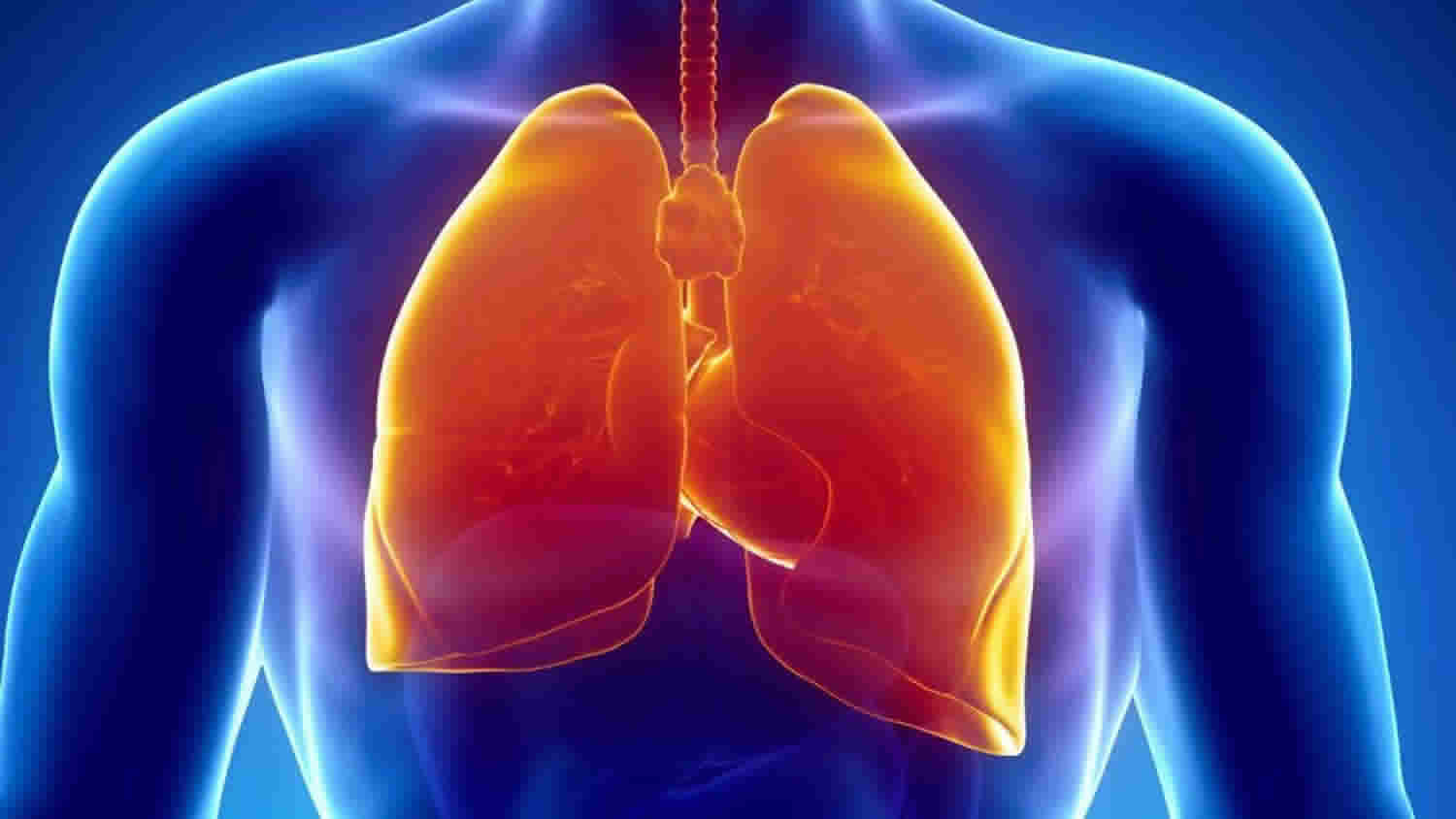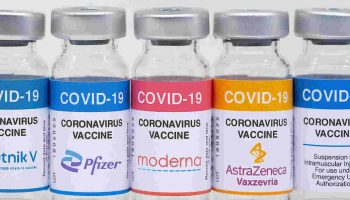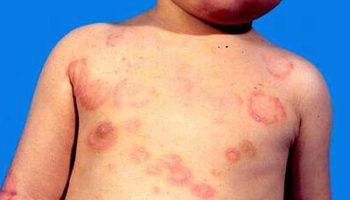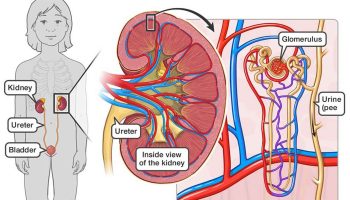What is pleurodesis
Pleurodesis is a medical procedure that uses chemicals or drugs to cause inflammation and adhesion between the layers of the pleura (a thin layer of tissue that covers the lungs and lines the interior wall of the chest cavity). Pleurodesis is treatment to keep fluid from building up around your lungs. Normally there is some space between the outside of your lungs and your chest wall (pleural cavity). This space gives your lungs room to expand when you breathe. But some health problems, such as pneumonia, cancer, and heart failure, can cause fluid to build up in that space. Your lungs no longer have room to expand. It makes it hard to breathe. To fix this, the doctor will make a small cut in the skin of your chest wall, and a hollow tube (called a chest tube) is put into the chest so that the fluid can drain out (thoracentesis). Then, a talc mixed in a fluid (talc slurry), the antibiotic doxycycline, the chemotherapy drug bleomycin or autologous blood 1 is put into the chest tube. This irritates the linings of the lung (visceral pleura) and chest wall (parietal pleura) so that they stick together, sealing the space and preventing further fluid build-up. The tube is generally left in for a day or two to drain any new fluid. Pleurodesis can also be done during a thoracoscopy.
Pleurodesis using talc, whether by slurry or poudrage, has significantly higher levels of efficacy (70–100%) 2 and is more generally accepted than other sclerosants 3. Unfortunately, its use has been associated with many serious complications including hypotension, dysrhythmia, empyema, pneumonitis, acute respiratory distress syndrome (ARDS) (0.7–9%), acute respiratory failure and mortality (0–2.3%) 4. These unique respiratory and systemic toxicities are correlate with a dose much higher than 5 g 5 or when a small particle size talc (particle sizes <10 um) 6 or talc poudrage under general anesthesia were used 7. Thus, there is ongoing concern regarding the safety of talc administration, and a new safer sclerosing agent, which maintains a high efficacy, is now being sought 8.
It takes 30 minutes or less to put in the chest tube. Then the tube must stay in place for 1 to 3 days, until the tissues stick together. The procedure can be painful, but you will get medicine to help with pain.
Pleurodesis recovery
Pleurodesis is treatment to keep fluid from building up around your lungs. After this treatment, you should be able to breathe better and feel more comfortable.
You may have pain and feel tired. Your doctor may recommend an over-the-counter medicine or give you a prescription to help with pain. You may have stitches that will need to be removed later.
Activity
- Rest when you feel tired.
- Allow your body to heal. Don’t move quickly or lift anything heavy until you are feeling better.
- You can do your normal activities when it feels okay to do so.
- Check with your doctor to see when it is safe for you to start driving and when you can go back to work.
Diet
- You can eat your normal diet. If your stomach is upset, try bland, low-fat foods like plain rice, broiled chicken, toast, and yogurt.
Medicines
- Be safe with medicines. Read and follow all instructions on the label.
- If the doctor gave you a prescription medicine for pain, take it as prescribed.
- If you are not taking a prescription pain medicine, ask your doctor if you can take an over-the-counter medicine.
- If you take aspirin or some other blood thinner, be sure to talk to your doctor. He or she will tell you if and when to start taking this medicine again. Make sure that you understand exactly what your doctor wants you to do.
- Your doctor will tell you if and when you can restart your medicines. He or she will also give you instructions about taking any new medicines.
Incision care
- You will have a dressing over the cut (incision). A dressing helps the incision heal and protects it. Your doctor will tell you how to take care of this.
- If you have strips of tape on the cut the doctor made, leave the tape on for a week or until it falls off.
- If you had stitches, your doctor will tell you when to come back to have them removed.
- You may shower 48 hours after the chest tube has been removed. Pat the incision dry. Don’t swim or take a bath for the first 2 weeks, or until your doctor tells you it is okay.
Call your local emergency number anytime you think you may need emergency care. For example, call if:
- You passed out (lost consciousness).
- You have severe trouble breathing.
- You are having chest pain that is different or worse than usual.
- You cough up blood.
Call your doctor or seek immediate medical care if:
- You have new pain, or your pain gets worse.
- You have loose stitches, or your incision comes open.
- You have trouble breathing.
- You have symptoms of infection, such as:
- Increased pain, swelling, warmth, or redness.
- Red streaks leading from the incision.
- Pus draining from the incision.
- A fever.
Watch closely for any changes in your health, and be sure to contact your doctor if you have any problems.
Pleurodesis complications
Pleurodesis complications may include any of the following:
- Bleeding
- Infection
- Collapsed lung (pneumothorax)
- Respiratory distress
In clinical practice, pleurodesis with talc is significantly associated with both minor (fever, chest pain) and major adverse events, such as hypotension, dysrhythmia, pneumonitis, acute respiratory distress syndrome (ARDS, 0.7–9%), acute respiratory failure and death (0–2.3%) 9.
Autologous blood pleurodesis causes less fever and pain and could shorten hospital stay, compared to talc 9. Pleurodesis using autologous blood offers a simple, readily available and well-tolerated method of treatment, causing neither allergy nor pulmonary and systemic adverse events. This would suggest it is worthwhile to consider autologous blood pleurodesis as a good treatment option for malignant pleural effusion, especially when being concerned about talc or lidocaine-induced systemic toxicity, or in cases where talc is unavailable.
- Ozpolat B, Gazyagci S, Gözübüyük A, et al. Autologous blood pleurodesis in rates to elucidate the amounts of blood required for reliable and reproducible results. J Surg Res 2010; 161: 228–232[↩]
- Clive AO, Jones HE, Bhatnagar R, et al. Interventions for the management of malignant pleural effusions: a network meta-analysis. Cochrane Database Syst Rev 2016; 5: CD010529[↩]
- Psallidas I, Kalomenidis I, Porcel JM, et al. Malignant pleural effusion: from bench to bedside. Eur Respir Rev 2016; 25: 189–198[↩]
- Shinno Y, Kage H, Chino H, et al. Analysis of patients with talc-induced acute respiratory failure. Chest 2016; 150(Suppl): 727A[↩]
- The ARDS Definition Task Force. Acute respiratory distress syndrome, the Berlin definition. JAMA 2012; 307: 2526–2533[↩]
- Olfert JAP, Penz ED, Manns BJ, et al. Cost-effectiveness of indwelling pleural catheter compared with talc in malignant pleural effusion. Respirology 2017; 22: 764–770[↩]
- Mummadi S, Kumbam A, Hahn PY. Malignant pleural effusions and the role of talc poudrage and talc slurry: a systematic review and meta-analysis. F1000Res 2015; 3: 254[↩]
- Light RW. Counterpoint: should thoracoscopic talc pleurodesis be the first choice management for malignant pleural effusion? No. Chest 2012; 142: 17–19[↩]
- Keeratichananont W, Kaewdech A, Keeratichananont S. Efficacy and safety profile of autologous blood versus talc pleurodesis for malignant pleural effusion: a randomized controlled trial. Ther Adv Respir Dis. ;12:1753466618816625. doi:10.1177/1753466618816625 https://www.ncbi.nlm.nih.gov/pmc/articles/PMC6295687[↩][↩]





